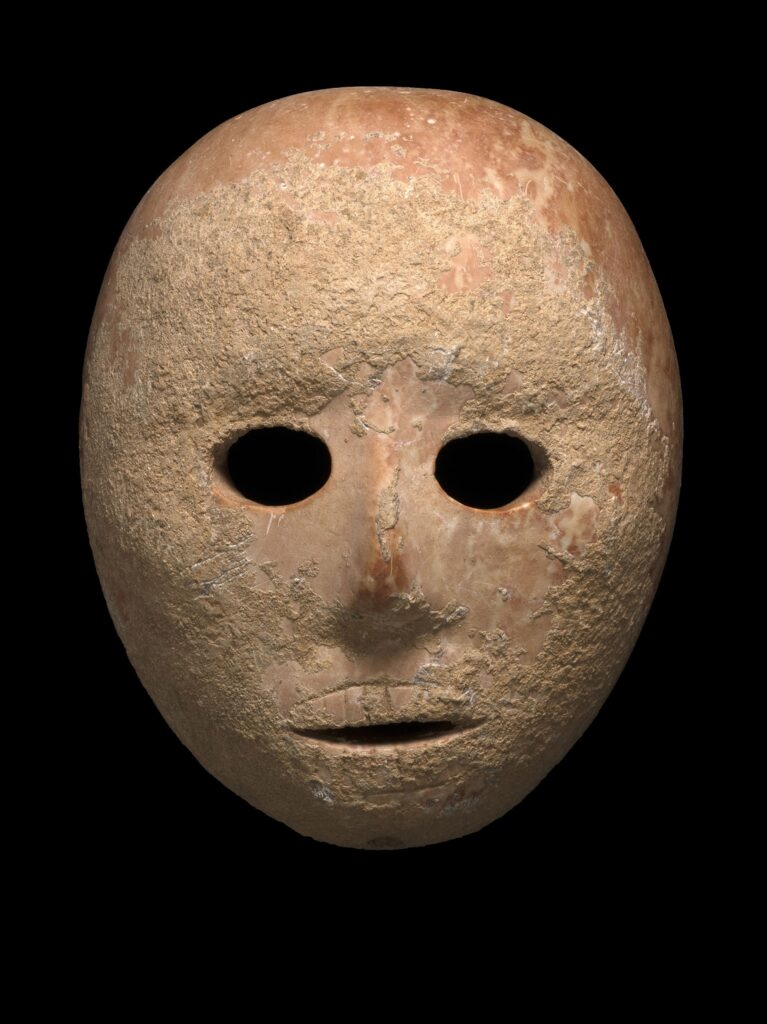Introduction
Newgrange, located in County Meath, Ireland, is one of the most extraordinary prehistoric monuments in Europe. Dating back to around 3200 BCE, it predates both Stonehenge and the Great Pyramids of Giza. Part of the Brú na Bóinne UNESCO World Heritage Site, Newgrange offers profound insights into the architectural brilliance, astronomical knowledge, and spiritual beliefs of Neolithic society.
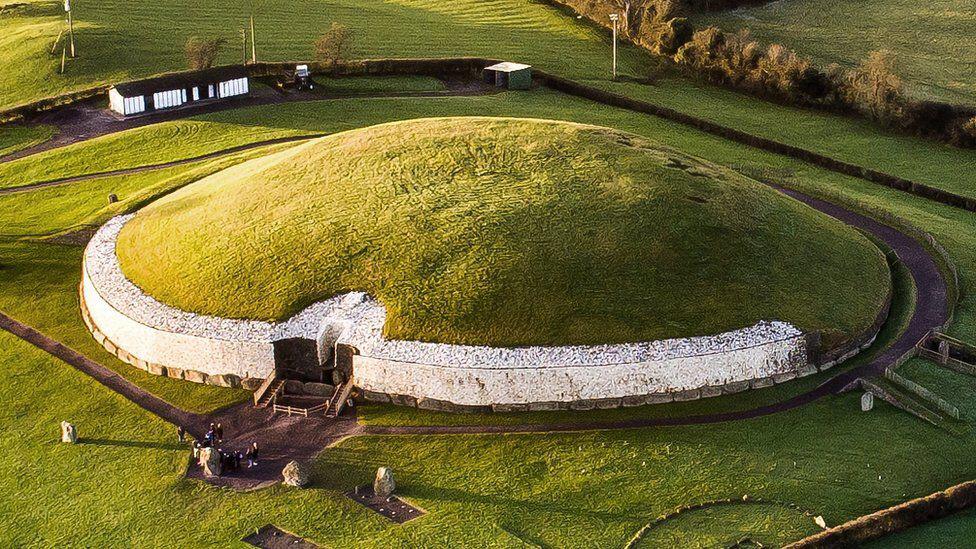
Architectural Mastery of the Neolithic Builders
Newgrange consists of a massive circular mound spanning 85 meters in diameter and rising 13 meters high. The structure is built with alternating layers of earth and stone, surrounded by a kerb of 97 large stones, some intricately decorated with megalithic art. The entrance stone, adorned with spirals and geometric patterns, is one of the finest examples of Neolithic art.
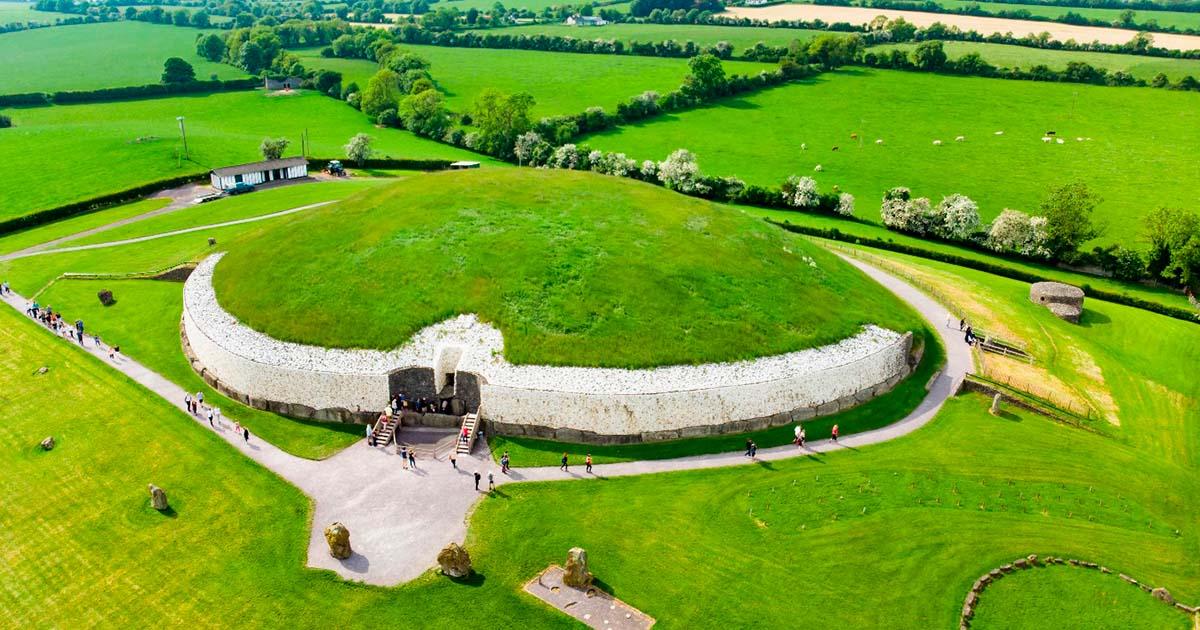
The passage leading into the heart of the mound extends over 19 meters, culminating in a cruciform-shaped inner chamber. This space features three recesses and is topped by a corbelled roof, which has remained watertight for over five millennia. The construction showcases a profound understanding of engineering and stonework.
Astronomical Significance of Newgrange
One of the most remarkable features of Newgrange is its alignment with the winter solstice sunrise. Every year, around December 21st, sunlight enters through a roof box positioned above the entrance and travels along the passage to illuminate the central chamber. This phenomenon demonstrates the builders’ advanced understanding of astronomy and the significance they placed on solar events.
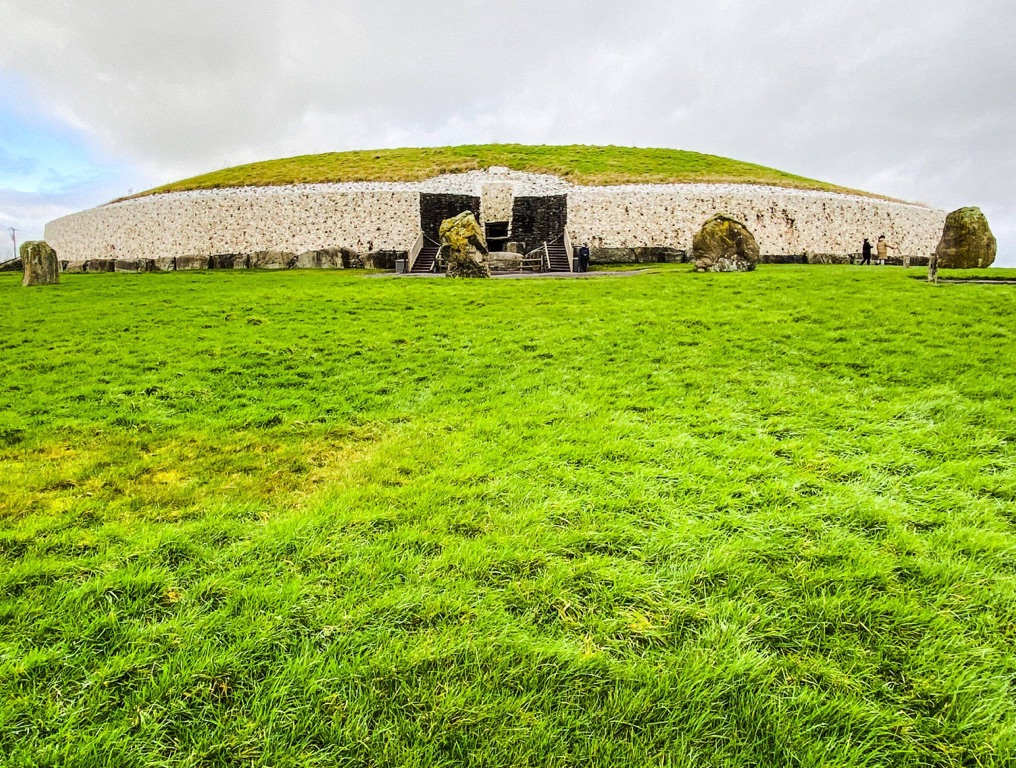
The solstice alignment suggests that Newgrange may have served as a ceremonial site, possibly marking the rebirth of the sun and the changing seasons. This connection between architecture and celestial movements underscores the sophisticated worldview of its creators.
Cultural and Spiritual Insights
Newgrange is believed to have been more than just a burial site. Excavations have uncovered human remains, as well as grave goods like beads and tools, suggesting it played a significant role in rituals or ceremonies. The intricate carvings on the stones, featuring spirals, lozenges, and concentric circles, likely held symbolic or spiritual meanings.
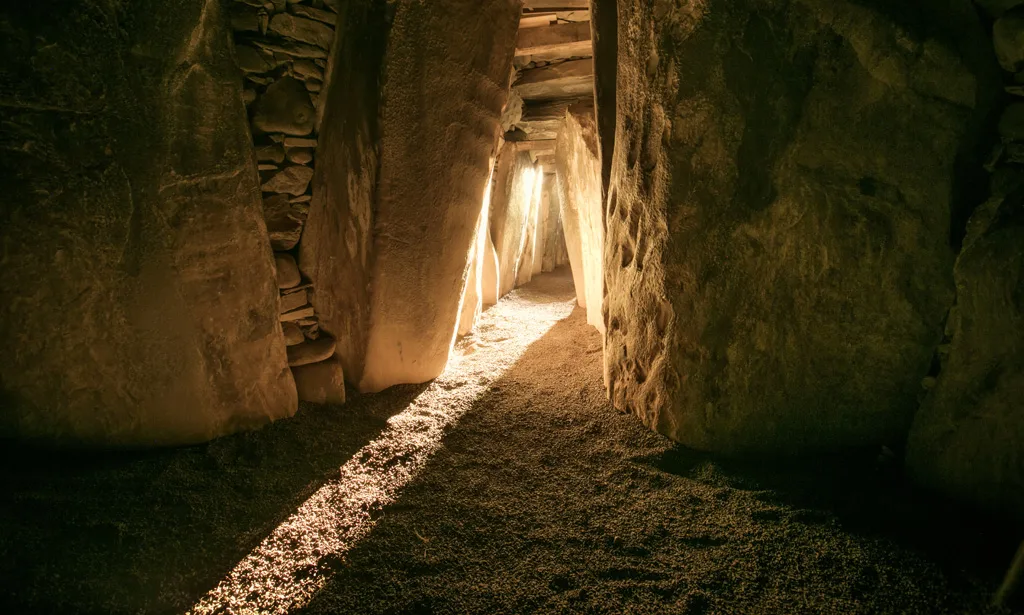
The monument’s connection to Irish mythology further enriches its cultural significance. In Irish folklore, Newgrange is associated with the Tuatha Dé Danann, a mythical race of deities. It is said to be the home of the Dagda, a chief god, and his son, Aonghus, the god of love.
Preservation and Modern Recognition
As part of the Brú na Bóinne complex, which also includes the Knowth and Dowth passage tombs, Newgrange has been a focus of archaeological and cultural preservation. Since its designation as a UNESCO World Heritage Site in 1993, it has attracted researchers and visitors from around the world. Its enduring appeal lies in its ability to connect modern audiences with the ingenuity and spirituality of Neolithic society.
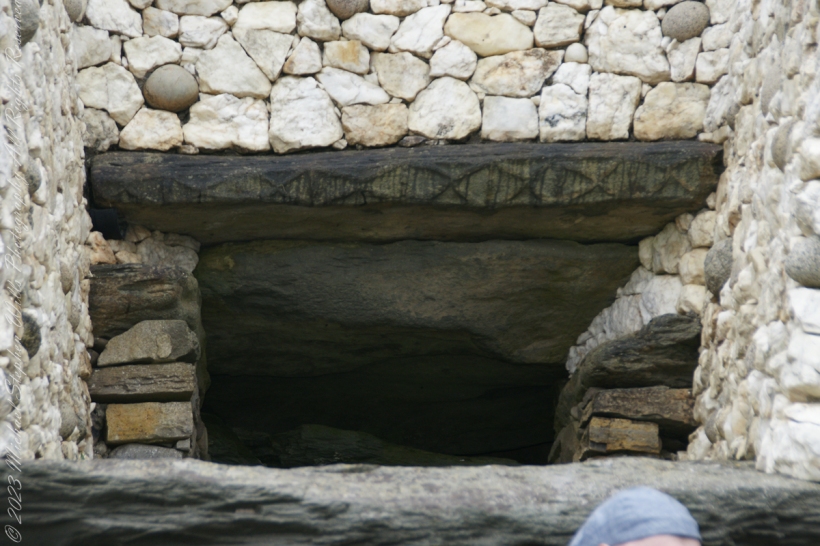
Conclusion
Newgrange stands as a testament to the creativity, skill, and astronomical knowledge of its builders. Its intricate design, alignment with celestial events, and cultural significance offer a unique window into the lives and beliefs of people who lived over 5,000 years ago. As one of Ireland’s most iconic landmarks, Newgrange continues to inspire awe and curiosity, bridging the distant past with the present.
